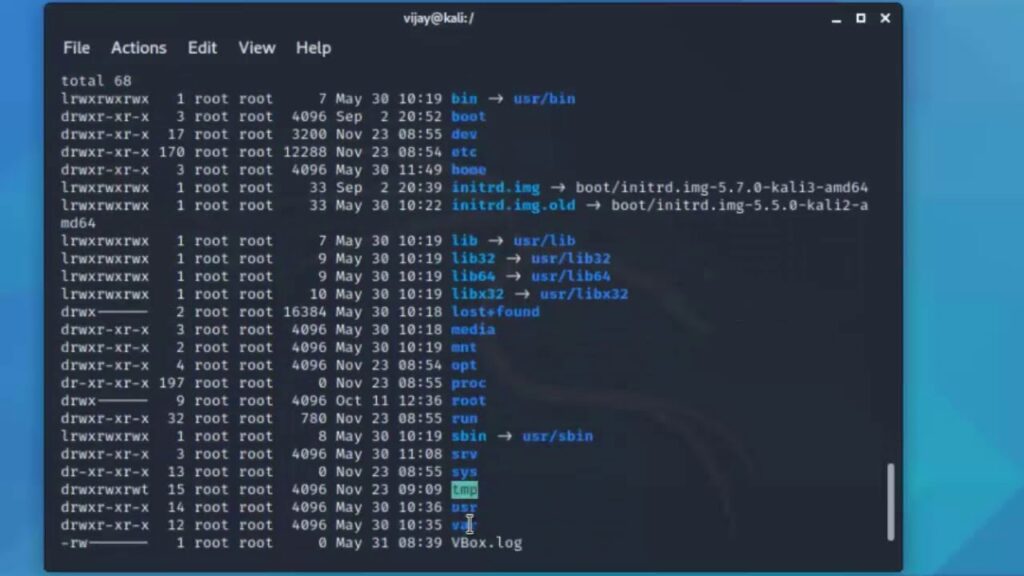

Kali is a great OS which not only is a penetration testing tool but can also function as a utility operating systems.

It is the simplest though and in my opinion a perfect stance for entry-level technologists. The above process is one of the configurations among numerous required to set up Kali OS on an Android device. In case you will ever need to install more tools and utilities that might require huge space, it is recommended to reconfigure the image size at the Linux deploy settings. Linux deploy will normally allocate an image size of 4GB for a naked installation of kali. Use either the VNC or SSH client to get into your kali instance. You can use it to log in to your kali session. log in to chroot mode Note the IP address assigned to your device. Open a command prompt on your personal computer. Restart your device to fastboot mode (on most devices this is done by pressing volume up+power on). Note that some devices may require you to obtain an unlock key. Go to your phone manufacturer’s website and install device drivers. Uncheck everything in the resulting tab and click on install 2 packages. Or you can install it anywhere but ensure you remember the directory. When everything is set to this step, download Android SDK tools from the Google developers site and install it in a default directory. After which you should activate USB debugging and EOM unlocking in the smartphone’s developer settings. What you need to do first is back up your phone data. If you can do it, however, ensure you do it correctly or you might end up damaging your phone. It is advised to have your phone rooted by an expert because root poses a threat to irreversibly damage your phone. There is a lot of waiting here believe me. Nothing else or maybe a little patience to get you off the wall. Not less than 5 GB of free memory space (both internal and external).An android phone running version 2.0 and above.Installing Kali Linux On Android Phone Kali Linux System Requirements For Android


 0 kommentar(er)
0 kommentar(er)
